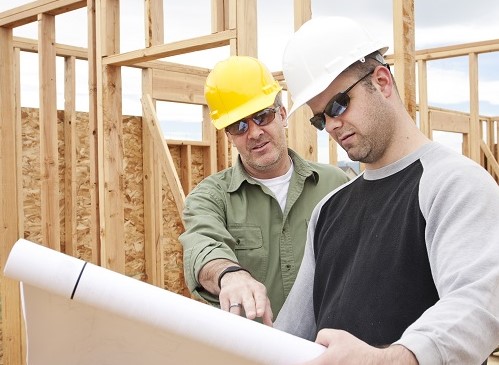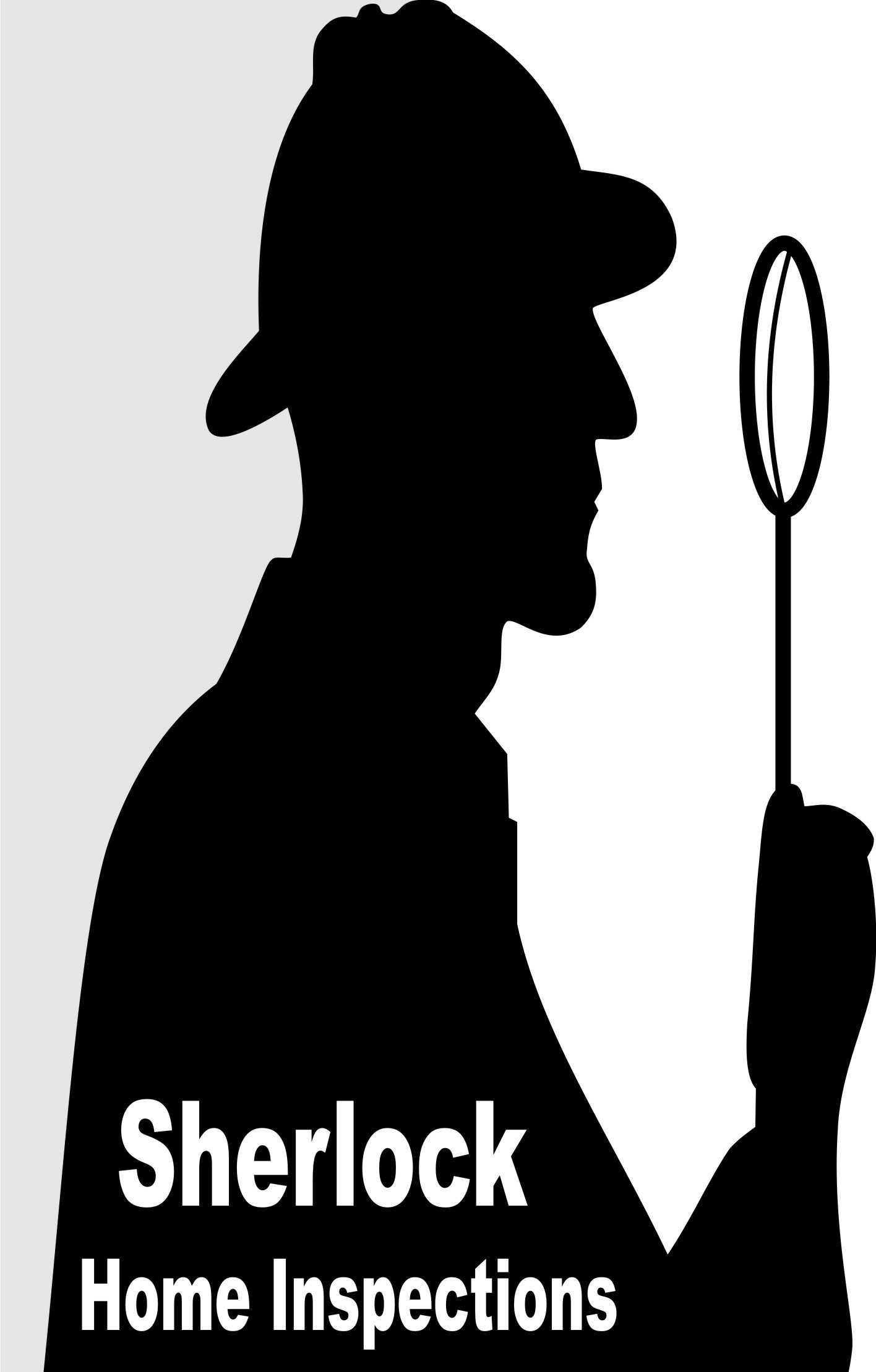
Home Inspections are important
no matter how old (or new) the house is.
Most people agree that older homes should be inspected before purchasing.
However, there is a common misconception that there’s nothing to worry about with new construction
New homes are never perfect. I can go on & on about all of the ways that homes get built improperly and defects get missed. We constantly find issues that require correction when conducting new construction and Pre-Warranty Expiration Inspections.
During Construction, we conduct the following Inspections:
Foundation & Structure = Slab is poured and Exterior walls are up.
Pre-Drywall = Interior framing, electrical wires, plumbing pipes and A/C ducts are done.
Final Construction = Usually about a week before the Builder’s walk-thru.
You would be SHOCKED at all the issues we find that the subcontractors failed to complete or correct, & went unnoticed by the Builder’s Superintendent / Construction Manager / Foreman AND City / County Inspectors.
Recently an unhappy customer put up a sign in front of their house warning other potential buyers.
A video went viral on tiktok and it made national news.
This is a perfect example!
Below are just a few issues found recently while conducting Construction Inspections:
- Poor workmanship
- Inferior building materials
- Problems with concrete anchors
- Bowing, bulging, leaning
- Damaged thermal boundary
- Improper bracing
- Wall penetrations not properly sealed
- Problems with interior framing
- Problems with “backer boards”
- Electrical / Plumbing rough-in not properly protected by nail plates
- Improperly housed or nail wrapped penetrations
- Improperly sealed shower drip pans
- Problems with doors / windows / frames / hardware
- Problems with screens / weather stripping
- Roof Trusses “patched” or supplemented with framing lumber
- A/C duct work improperly supported
- Roof penetrations not properly sealed
Below are just a few issues found recently while conducting Pre-Warranty Expiration Inspections:
- Cracked roof tiles + water staining observed on roof sheathing (underside of roof), + infrared camera indicates possible water intrusion + moisture detected via moisture meter = active leak.
- Mold/mildew type growth on A/C ductwork likely caused by incomplete internal insulation.
- Infrared camera & moisture meter indicate evidence of moisture from un-insulated condensate return lines. We recommend removing and replacing damaged drywall & insulating return lines to prevent condensation from forming on outside of pipe and creating water problems inside the building envelope.
- The A/C drip pan has water in it = primary drain line is plugged.
- Infrared camera indicates poor seal & loss of conditioned air at air handler to duct work connection.
- Unable to completely / properly inspect all areas of attic due to limited access, but infrared camera indicates missing / disturbed attic insulation affecting R-value over the den.
- Toilet not properly attached to floor will cause accelerated failure of wax ring gasket and subsequent leaking.
- Plumbing penetrations should be sealed to prevent conditioned air leaks & pest access – we recommend expanding foam.
- Double tapped breakers.
- Infrared camera indicates overheating of some breakers.
- GFI outlet in kitchen does not trip when tested.
- Dryer vent disconnected at roof penetration = venting into attic.
- Gap between baseboards and floor may retain water and debris which could lead to deterioration and / or mold growth.
- Door stop and weather strip both missing at front door.
- Infrared camera indicates possible poor seal & air intrusion at garage entry door.
- Foggy insulated windows are likely an indication of a broken seal.
- Microwave detector indicates a leak.

If you are building a home & you skip these inspections U R an IDIOT!!!